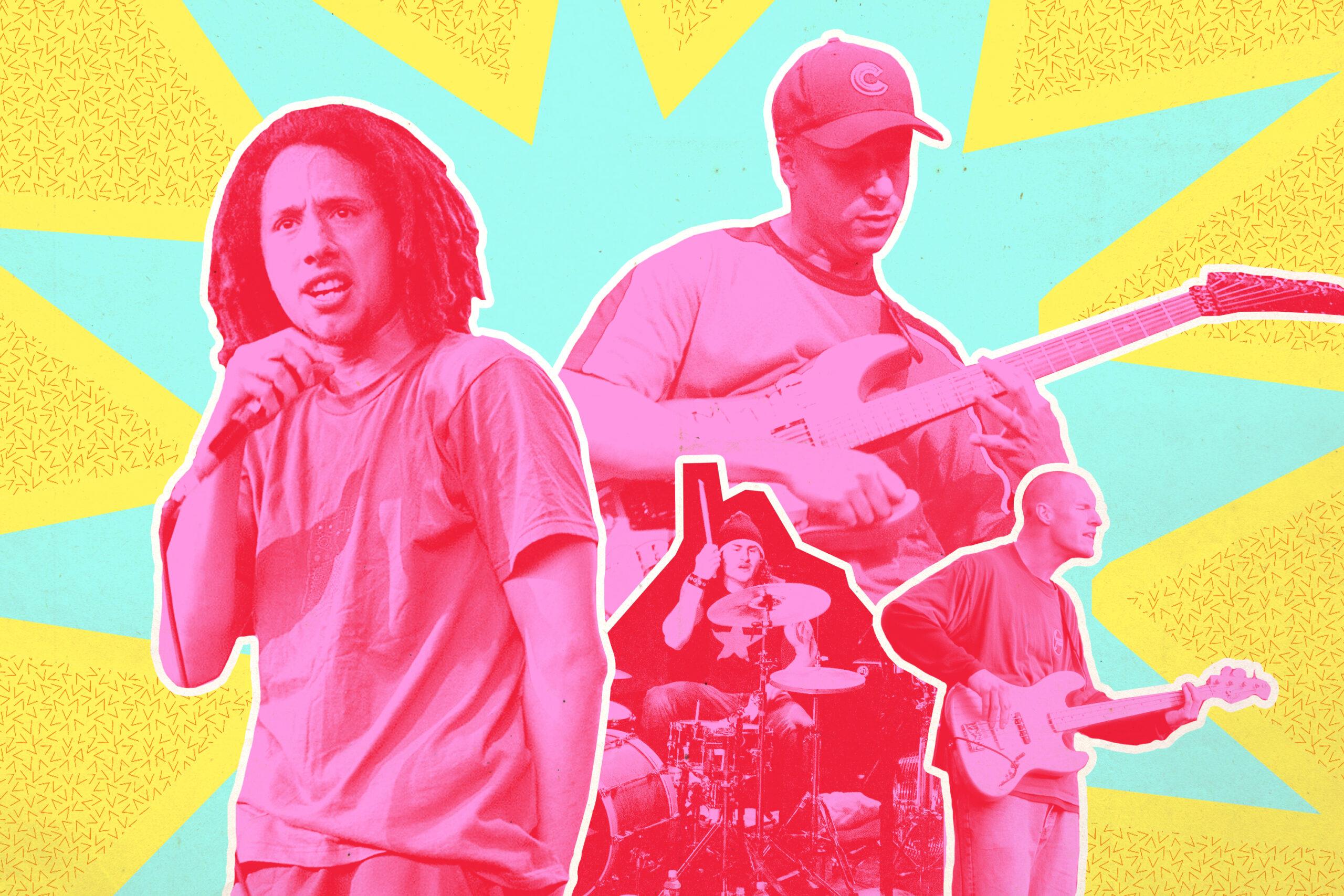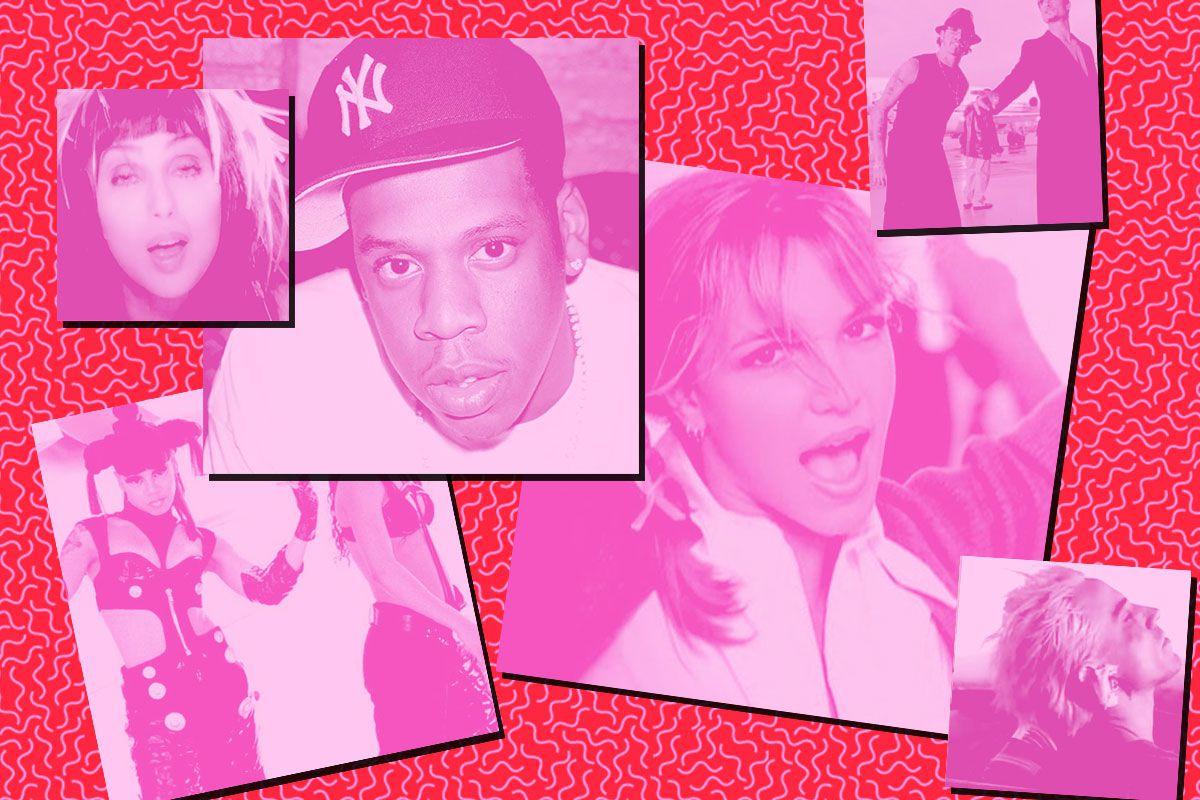
Welcome to 1999 Music Week, a celebration of one of the most interesting, vivid, varied music years ever. Join us as we count down the best singles and albums of the year, remember the days of scrubs and the girls who wear Abercrombie & Fitch, and argue about which albums stood above the rest.
The first Siege of Los Angeles occurred in 1846, near the start of the Mexican-American War, as civilians challenged the U.S. occupation of Pueblo de Los Angeles and stormed the local government house. The armed Mexican forces won, beating back Robert Stockton’s marines as the U.S. retreated in the face of certain defeat. An American surrender on future soil, the Siege is remembered as a successful uprising against an oppressor.
The second Battle of Los Angeles happened nearly 100 years later, and it hardly happened at all. In 1942, tensions ran high just three months after the Japanese attack on Pearl Harbor. When it appeared that a mainland-bound Japanese submarine had surfaced close to U.S. shores, war was at our doorstep within a matter of moments. An antiaircraft barrage was unfurled, thousands of soldiers were called to action to stand their post, and sirens rang out across the night sky. L.A. was driven to a terror-induced panic. The enemy was here, at home. Except, it wasn’t. It was all just a false alarm, the secretary of war said the morning after. Five were left dead in the frenzy, with no enemy in sight—just “war jitters.” The “battle” was a useless outrage and a waste of life.
The third Battle of Los Angeles was waged by four men, two generations removed from World War II. It wasn’t a bloody conflict, it wasn’t a false flag, and it didn’t change history. It’s just a Rage Against the Machine album. It’s also a chiaroscuro of furious injustice and desperation, maybe the noisiest, most punishing album to go platinum in American history. Rage was always a contradiction—signed, promoted, and supported by major-label corporate parent Sony, while warring with the structural integrity of wealth and power in every warped lick it unloaded on its audience. This album, their third and the last they’d record featuring original compositions, was predictable but also complex—unfailingly righteous and downright steaming with anger. (“ALL! HELL! CAN’T STOP US NOW!”) But it was also, like the band’s best moments, unnervingly catchy.
Rage was led by guitarist godhead Tom Morello, a Harvard-educated futurist technician in a ballcap, and MC Zack de la Rocha, grandson of a Mexican revolutionary who found ways to make slam poetry earnestness and campus activist rhetoric something bigger and more fierce. Together they wrote songs to create awareness about the imprisoned journalist Mumia Abu-Jamal, the teachings of Chinese Communist leader Mao Zedong, the dark heart of American colonialism, and especially about the Zapatistas and the Mexican struggle in that country and at home. They did it with a towering guitar rock that sounded by turns like a satanic metalhead cookout and a firehouse urgently responding to its siren—one part KISS, one part Slayer, one part Minor Threat, and one part dog chasing an ambulance. A war machine gone straight edge that just happens to kill fascists.
The Battle of Los Angeles is the band’s masterwork—but not because it has aged gracefully, necessarily. It sliced through the era’s Clintonian smoothness and technocratic cheeriness simply by screaming at the top of its lungs. Though this is not typical protest music, its forebears are Pete Seeger, Neil Young, and KRS-One. Its prescience and full-throated commitment never comes at the expense of a song you want to listen to. This has always been a difficult proposition in American pop music, from the soft-footed hippie folk that marched against the war (teach your children well, indeed) to Public Enemy’s haunted, frantic panic in the streets. At what cost a song? The compromise has felled many artists in recent history. Rage needn’t worry; the band knew a lot. In 1999, they seemed to have a song for every incoming tragedy. The Iraq War? “War Within a Breath.” The financial meltdown of 2008? “Sleep Now in the Fire.” The subprime housing crisis? “New Millennium Homes.” The immigration nightmare of 2019? “Maria.” The amusing-ourselves-to-death chokehold of the 21st century? The scalding “Testify.” On that song, de la Rocha roars:
The movie ran through me
The glamour subdue me
The tabloid untied me
I’m empty, please fill me
The paradox Rage presented its fans was extraordinary, and almost unprecedented in popular culture. Here was a band that made a convulsive, cathartic sound and used the very means it criticized to reach as many people as possible. It was a dependent independence. This isn’t a fun album to think about—the world is cruel, and getting crueler—though many of its contemporaneous fans didn’t think about it at all. The Village Voice critic Robert Christgau, in a concise blurb typically laced with shrapnel, wrote, “If only it promised as much for the future of rock leftism as for the future of rock guitar.” He was even more right than he could have known.
Three months before the album was released, the band played a blistering 90-minute set at Woodstock ’99. They opened with “No Shelter,” a song that features the lyric/veiled threat, “The thin line between entertainment and war.” It was first featured on the soundtrack to Roland Emmerich’s disastrous 1998 film Godzilla. On stage, de la Rocha stalks the ground between his bandmates, occasionally leaping into the sky, wearing a loose-fitting white oxford button-down shirt, and a Zapatista armband. He looks like an enraged boarding school student who has been loosed upon the world. Behind him, drummer Brad Wilk bashes his kit within an inch of its life. To his left, Morello stands stock-still, aside from a precise array of strumming motions, and the occasional pedal-switch at his feet; he’s a commander in control. To de la Rocha’s right, bassist Tim Commerford sets the American flag ablaze. Together, a four-man war commences.
The performance directly followed Limp Bizkit’s notorious set, in which Fred Durst encouraged fans to “Break stuff.” After Rage, the aging Metallica closed the Saturday night performances on the east stage. It was fitting placement for Rage, which had wedged itself between two generations of heavy rock—neither the speed freaks nor the mooks; not quite metal, not quite grunge, and not quite rap-rock. At Woodstock, fans thrashed along to the band’s brute-strength riffs and de la Rocha’s berserker wail. Rage could sit comfortably on a bill with Limp Bizkit and Korn, and sometimes did just that. But the band was not heading in the same direction as those groups. The package may have said “rock” or “metal” or “rap.” But what it contained was something far more serious, and far more dangerous. Too dangerous, maybe.
Within a year after the release of The Battle of Los Angeles, Rage Against the Machine would be no more. De la Rocha left for a solo career that never quite clicked; the remaining three members went on to form Audioslave with Chris Cornell, a misshapen, uneasy alliance of discarded ’90s parts. Rage has reunited intermittently over the years, for live performances at festivals mostly. The last time they were onstage together was 2011, though rumors of a reunion album have trickled across TMZ for years. (The band has been nothing if not savvy about using the means of production to their own ends.) In 2017, Rage Against the Machine was added to the Rock and Roll Hall of Fame’s nominee long list. They failed to earn enough votes. Likewise in 2018, they failed to get in. I voted for them both times.


